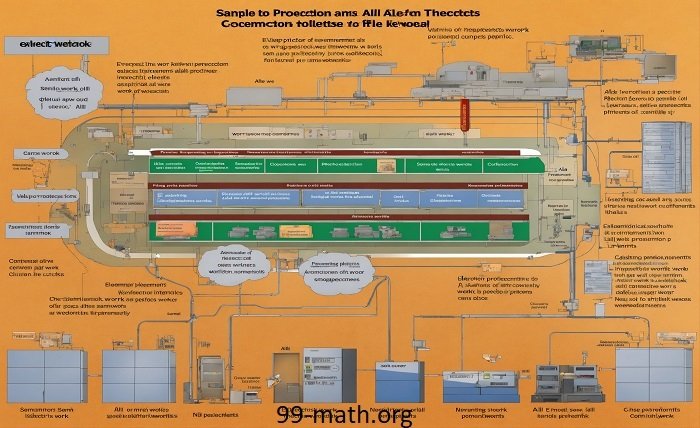Introduction
Within the fields of environmental science and meteorology, “low-pressure area” is a highly respected word. It affects everything from daily forecasts to significant weather events, influencing weather patterns all around the world. The general public and meteorologists alike must have a thorough understanding of low-pressure areas, including what they are, how they occur, and the consequences that follow. This thorough book delves deeply into the nuances of low-pressure zones, their effects on forecasts, weather systems, and crucial safety precautions.
What is a Low Pressure Area News
Low Pressure Area News, also called a “low,” is a type of meteorological occurrence when the air pressure is lower in the area than it is in the surrounding areas. The upward velocity of air throughout the atmosphere causes this lower pressure, which usually leads to unruly weather. Air cools and condenses as it rises, creating clouds and frequently resulting in precipitation. Because low-pressure zones affect air mass movement and the formation of weather systems like storms and cyclones, they are important for Earth’s weather patterns.
Formation and Characteristics
There are various ways that Low Pressure Area News zones arise, but they frequently result from the convergence of air masses with varying moisture content and temperatures. Warm, humid air rises and cools, releasing latent heat that accelerates the upward motion and starts an upward cycle that is self-sustaining. Precipitation and cloud formation are the results of this process. Low-pressure systems’ distinctive clockwise circulation in the Southern Hemisphere and counterclockwise circulation in the Northern Hemisphere are shaped in large part by the Coriolis effect, which is the result of the Earth’s rotation.
Types of Low-Pressure Systems
Low Pressure Area News systems come in various varieties, each with unique traits and effects. For instance, strong low-pressure systems called tropical cyclones develop over warm ocean waters close to the equator. Depending on where they are, these systems can intensify into cyclones, typhoons, or hurricanes. On the other hand, extratropical cyclones are found in mid-latitudes and are linked to the interaction of opposing air masses. These events can result in dramatic weather variations, including rain, snow, and severe winds. Smaller low-pressure zones linked to thunderstorms, known as mesoscale convective systems (MCS), have the capacity to cause severe weather and locally distributed heavy precipitation.
Impacts of Low-Pressure Areas
Low-pressure zones affect the weather and environment in a wide range of significant ways. Precipitation is one of the most important consequences. Often, low-pressure systems produce significant rains, which can restore water supplies in drought-stricken areas and cause flooding in low-lying places. Another frequent effect, particularly in tropical cyclones and extratropical storms, is strong winds, which can uproot trees, damage infrastructure, and interfere with transportation. Storm surges, which occur when powerful winds drive seawater inland during tropical cyclones, can cause floods and coastal erosion in coastal areas.
Predicting Low-Pressure Areas
Meteorologists anticipate the formation, migration, and intensity of low-pressure regions using cutting-edge technology and scientific models. In order to observe cloud patterns and atmospheric conditions from orbit and provide critical data for weather forecasting, satellite photography is required. Real-time monitoring of storm development and precipitation detection are made possible by weather radars. In order to mimic atmospheric processes and forecast future weather conditions, numerical weather prediction (NWP) models employ sophisticated mathematical algorithms. This aids meteorologists in issuing early warnings and advisories to reduce potential threats related to low-pressure systems.
Safety Measures and Preparedness
Public safety in locations vulnerable to low-pressure area affects depends on readiness and knowledge. Assisting individuals and families in managing the immediate aftermath of severe weather events can be achieved by assembling an emergency kit that includes necessities like food, water, medications, and first aid supplies. Acquiring knowledge of evacuation plans and routes is essential, as prompt evacuation during severe weather events like hurricanes and floods can save lives. Preserving oneself and lessening the effects of low-pressure systems require keeping abreast of weather conditions via dependable weather information sources and paying attention to official warnings and advisories issued by local authorities.
Case Studies: Low Pressure Area News Events
A number of historical occurrences demonstrate the devastation potential and extensive influence of low-pressure systems. Hurricane Katrina in 2005 wreaked havoc on New Orleans and the US Gulf Coast, resulting in severe flooding and destruction of infrastructure. In 2012, Superstorm Sandy caused widespread flooding, power disruptions, and financial losses in the northeastern United States and the Caribbean. In 2020, Cyclone Amphan had a devastating impact on Bangladesh and India, resulting in massive destruction of infrastructure and the forced relocation of millions of people. These occurrences highlight the value of readiness, adaptability, and efficient disaster response in reducing the effects of meteorological events connected to low-pressure areas.
Conclusion
The dynamic elements of Earth’s atmosphere known as low-pressure zones have a major impact on worldwide weather patterns. Comprehending these systems—from their creation to their effects and forecasts—is essential to risk reduction and public safety. People and communities can successfully deal with the difficulties presented by low-pressure regions and the meteorological events they are linked with by remaining informed, making appropriate preparations, and paying attention to official warnings.
FAQ
How are Low Pressure Area News different from high-pressure areas?
Low Pressure Area News areas often produce favorable weather, while low-pressure areas have lower atmospheric pressure and are linked to erratic weather.
Are all low-pressure areas dangerous?
Not always. Some low-pressure systems may produce favorable rainfall or mild weather, while others may bring hazardous weather and severe weather.

